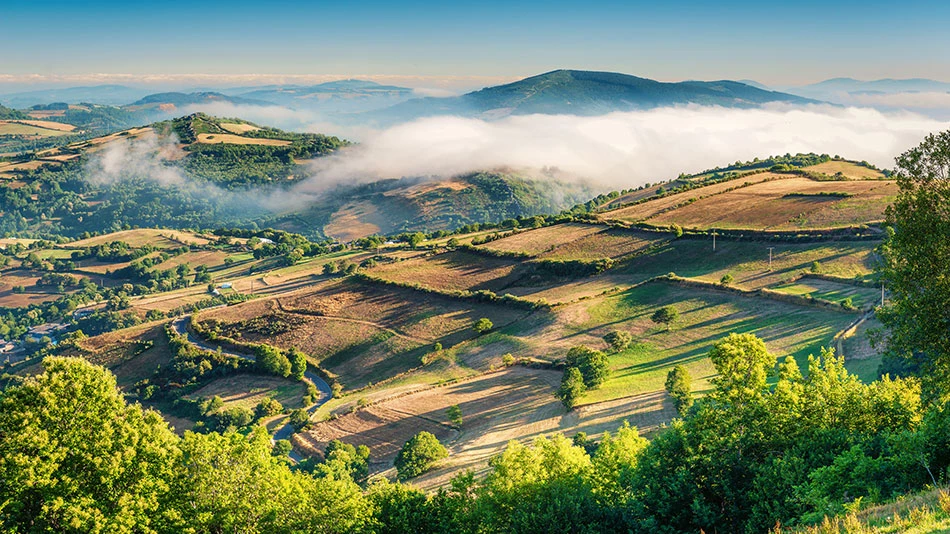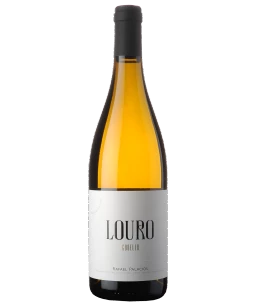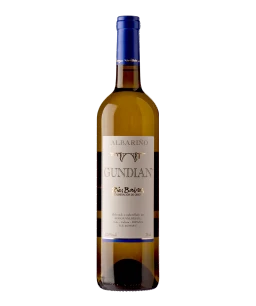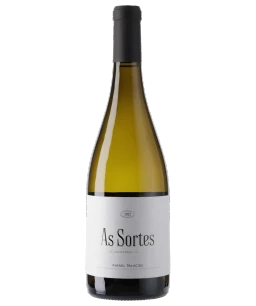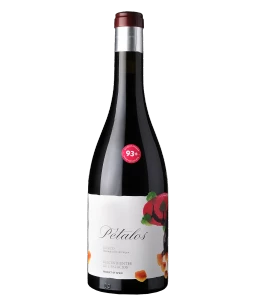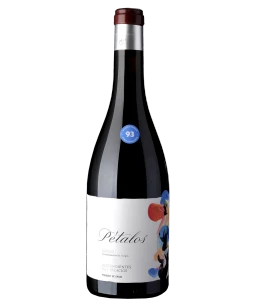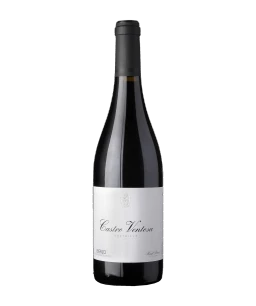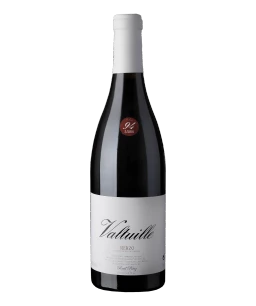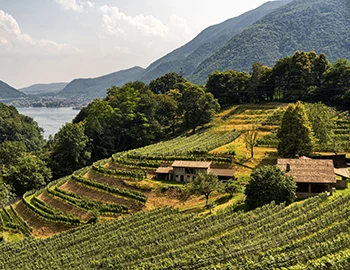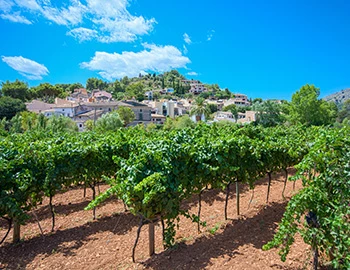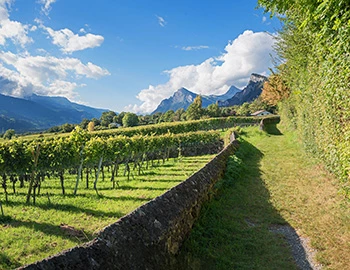Galicia
Galicia: shaped by the cool Atlantic
Situated in the far northwest of the Iberian Peninsula, Galicia is like a tip which pushes west toward the Atlantic Ocean, north of Portugal. In keeping with this exposed location, wines made here, with their fresh, straightforward character, depart strikingly from the general style of Spanish wines. With four cultivation areas with DO status, Galicia is drawing noticeably more international interest. White wines from autochthonous varieties are mostly produced here.
White wines from Galicia
Red wines from Galicia
Fresh and fruity wines with moderate alcohol content are currently worldwide. They harmonize excellently with the modern kitchen, which is increasingly marked by vegetarian influences. Galicia is an almost inexhaustible reservoir of such light yet characterful wines. The cultural centre of the region is the city of Santiago de Compostela, where the most famous pilgrimage route in the world ends. Fishing and shellfish farming on the coast, along with farming and specialties such as the famous “Pimientos de Padrón” (small green peppers), make Galician cuisine among the most interesting in the whole of Spain. It has always been clear in Galicia that the native wines are the best partners for this standout cuisine. The wines, as a result of warming climate and improved cultivation and development techniques, have acquired a striking level of fruitfulness and elegance. This has increased demand both in export markets and other parts of Spain.
White varieties dominate
Galicia today has a vineyard area of around 10,000 hectares, divided into the five DO cultivation areas of Valdeorras, Ribeira Sacra, Monterrei, Ribeira and Rías Baixas. Rías Baixas, where vines are grown on 3,700 hectares, is the clear leader. The white variety dominant here, Albariño, remains the best known of Galicia's long-established varieties. In recent years, though, the Godello variety (which is cultivated among others in Valdeorras and Ribeiro) has also demonstrated its potential, with an array of premium wines. Red wines from the Mencia variety, grown on the steep slopes of Ribeira, are also currently experiencing a marked upturn.
Viticulture along the river valleys
Wine production is carried out in Galicia mainly in the valleys of rivers like the Miño, Sil, Avia, Arnoia and Támega. Many vines, especially in Valdeorras and Ribeira Sacra, grow on spectacular steep slopes on terraces. On these precipices, the soils are often shaped by granite or slate, while soils with high clay content, often complemented by sand or gravel, can be found in the valley floors. The climate in Galicia is generally influenced by the Atlantic – the cool and humid air pushes through the river valleys to the region's interior. Only in the eastern cultivation areas in the foothills of the Cantabrian Mountains, can continental climate influences also be discerned. Precipitation levels are high by Spanish standards, at 800 to 1000 millimeters per year per square meter.
